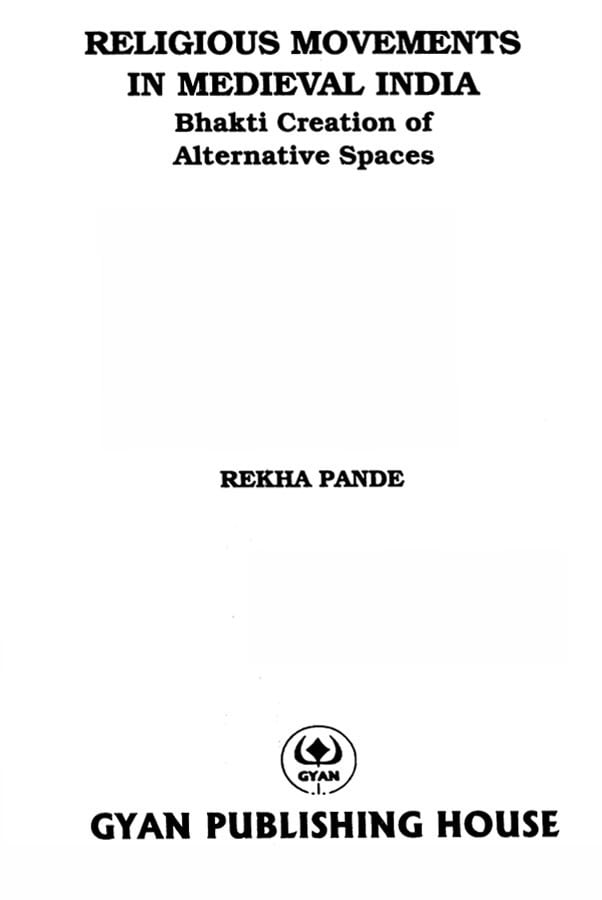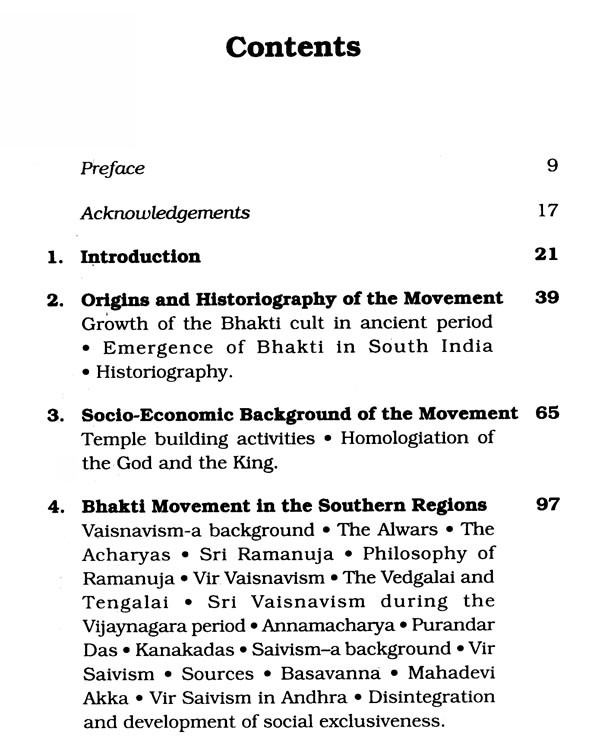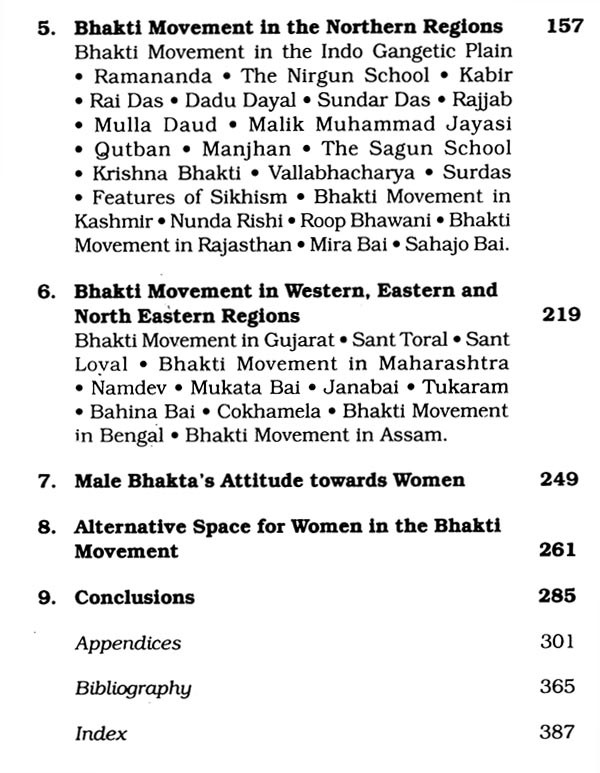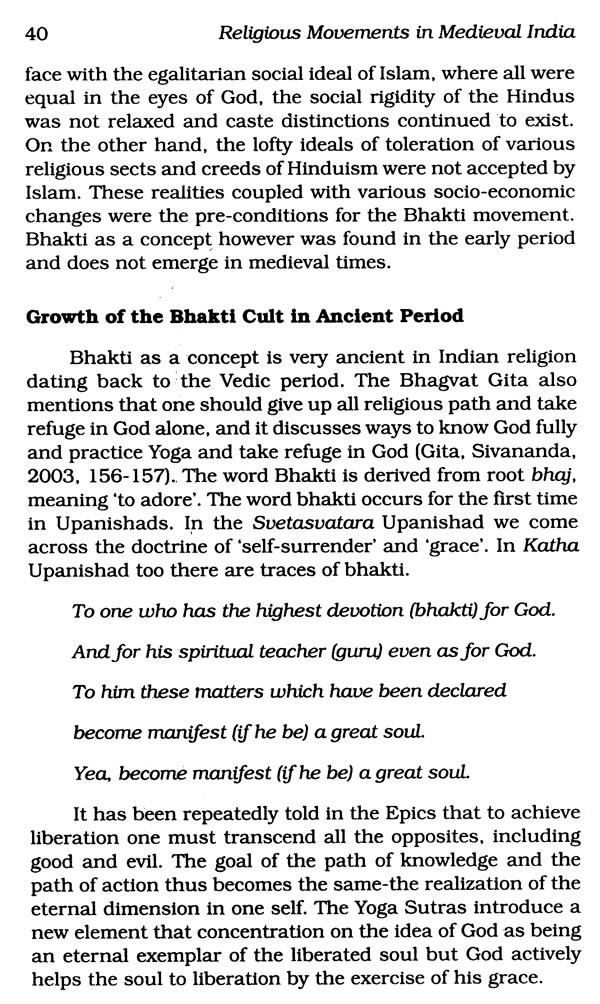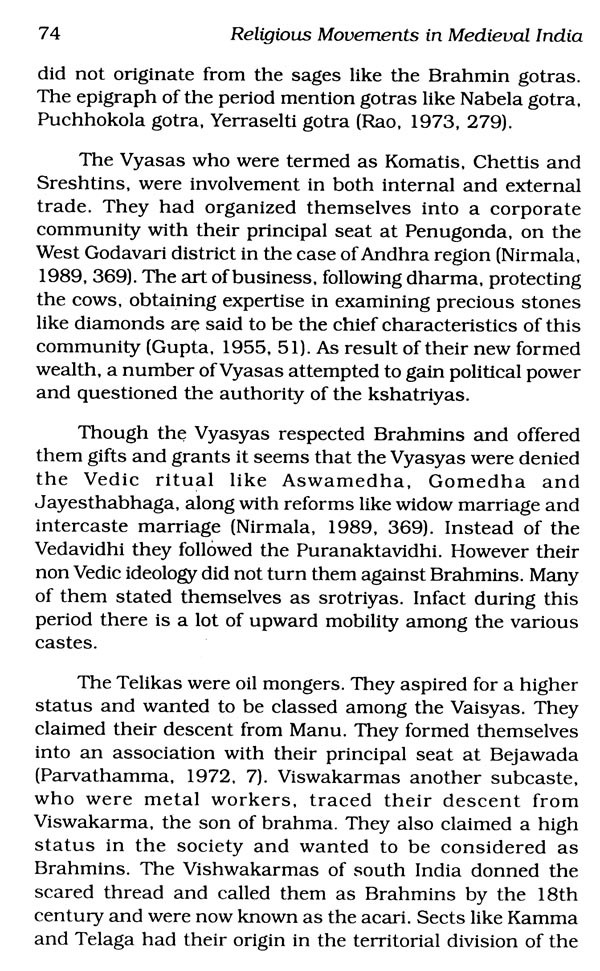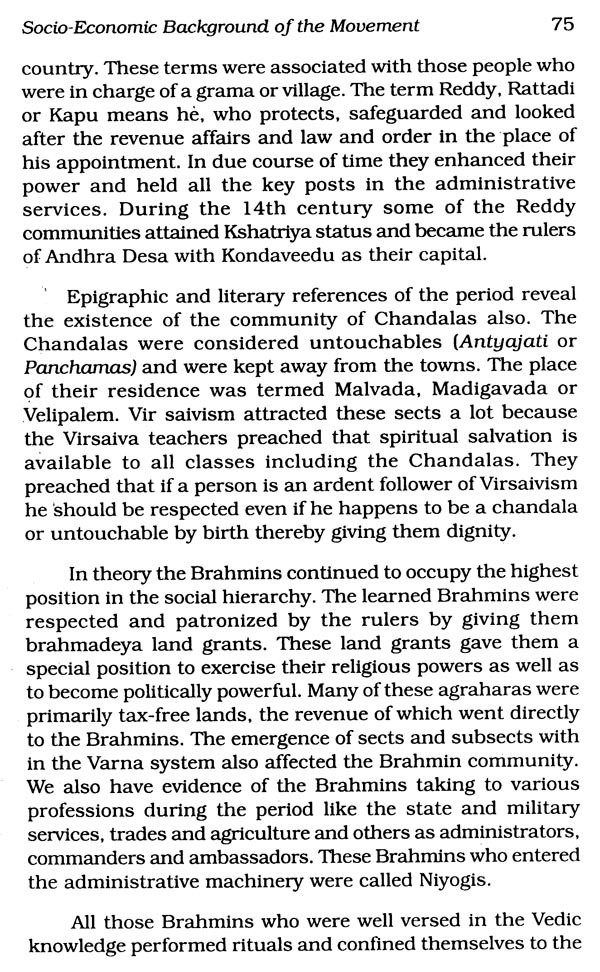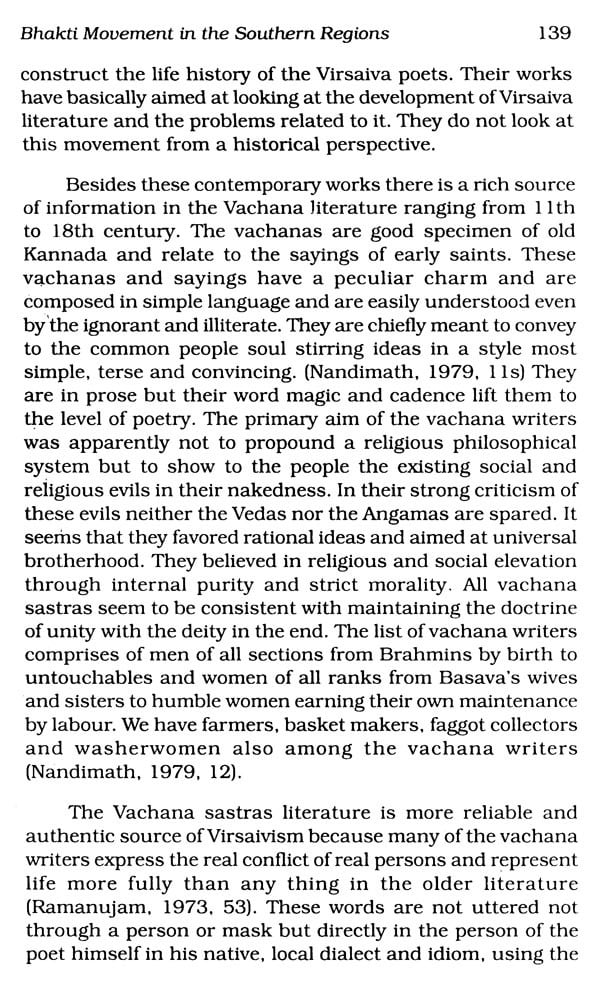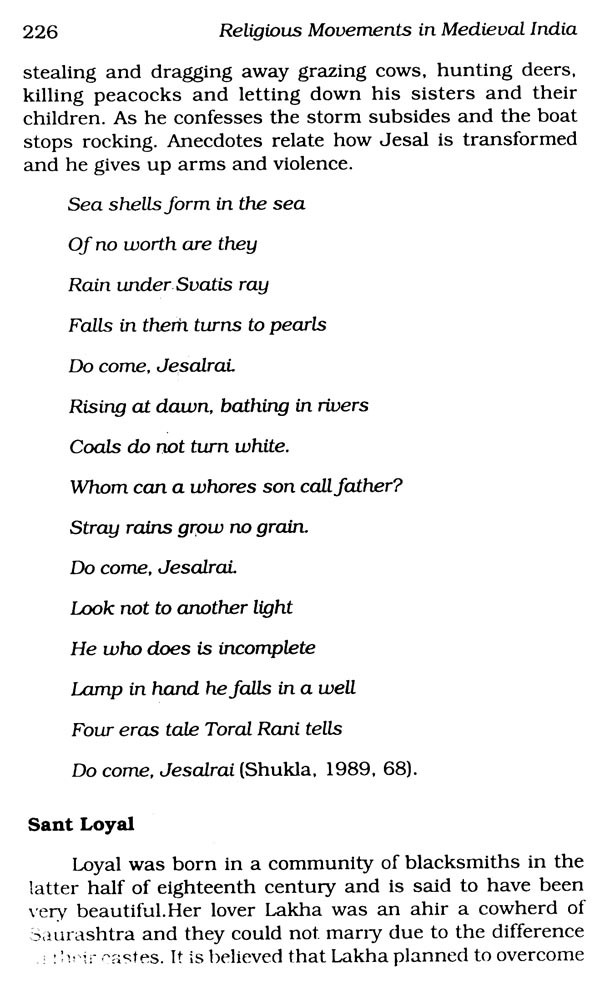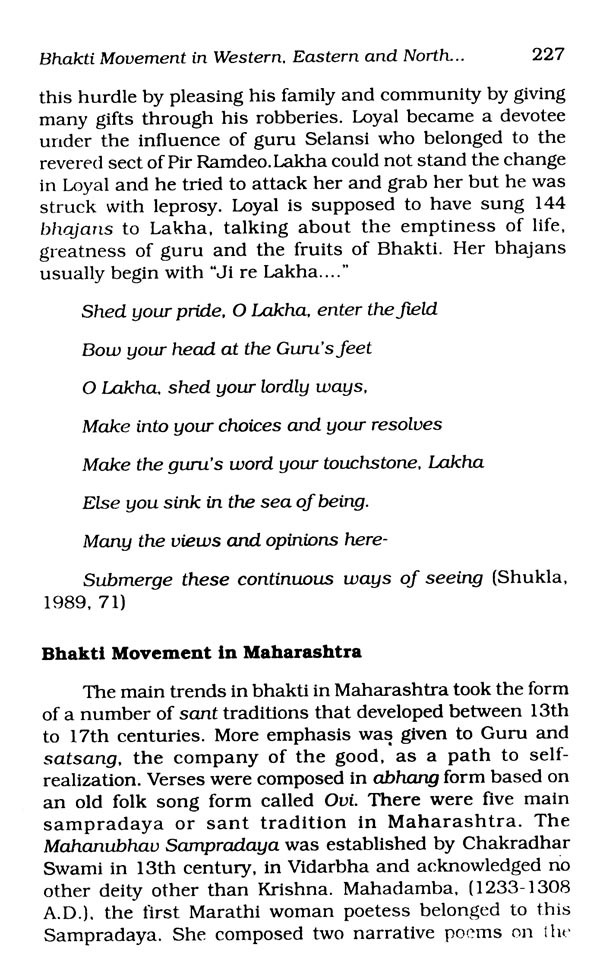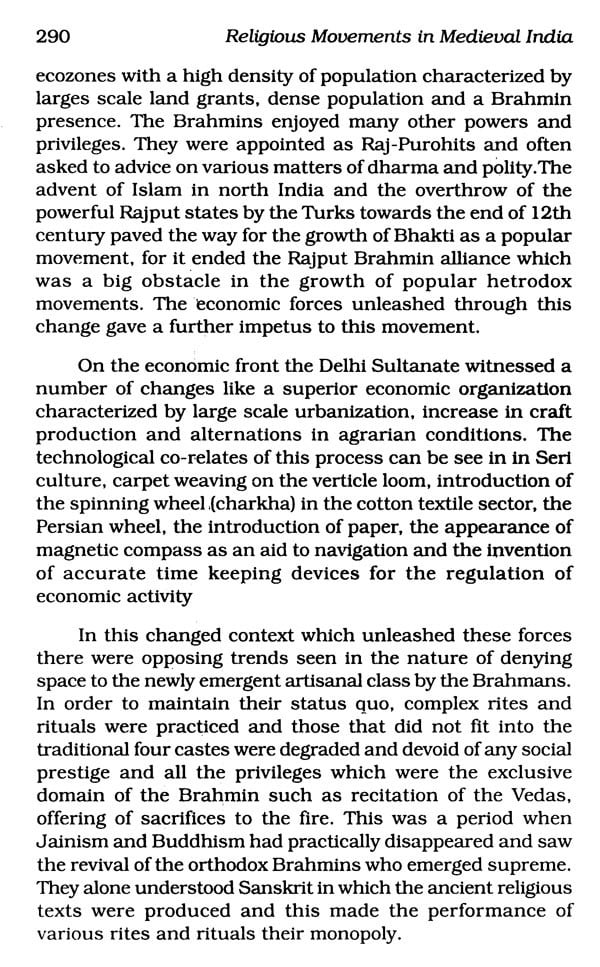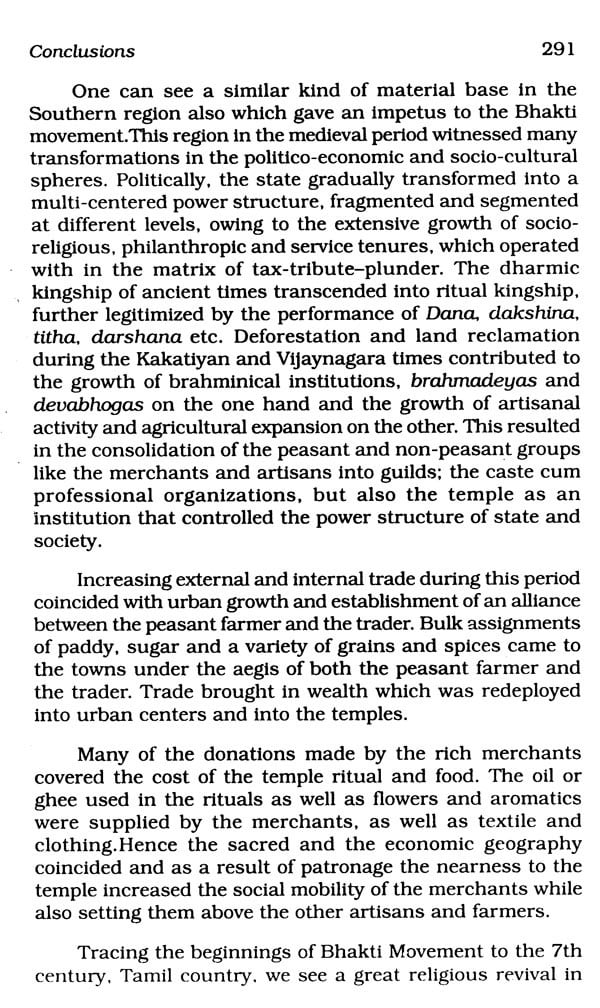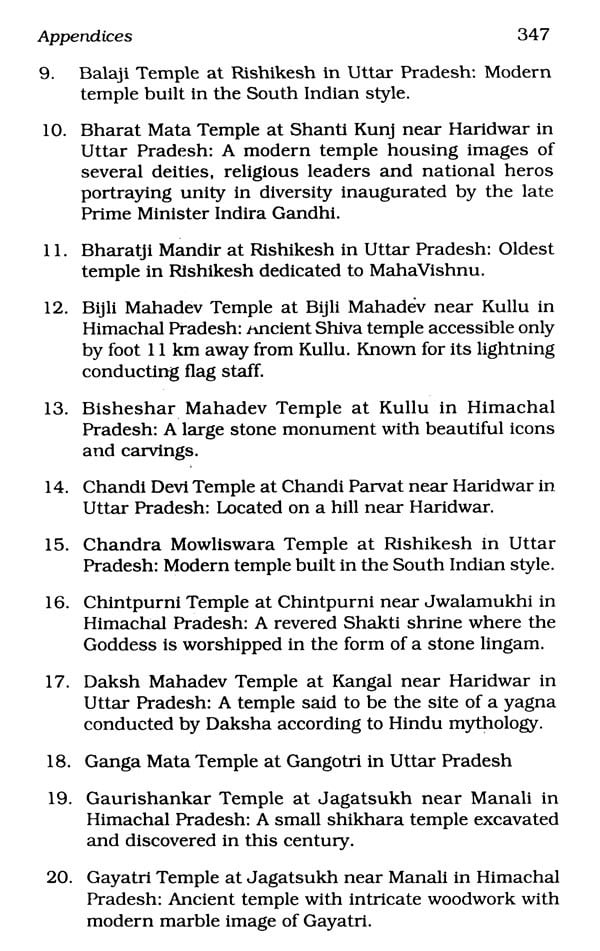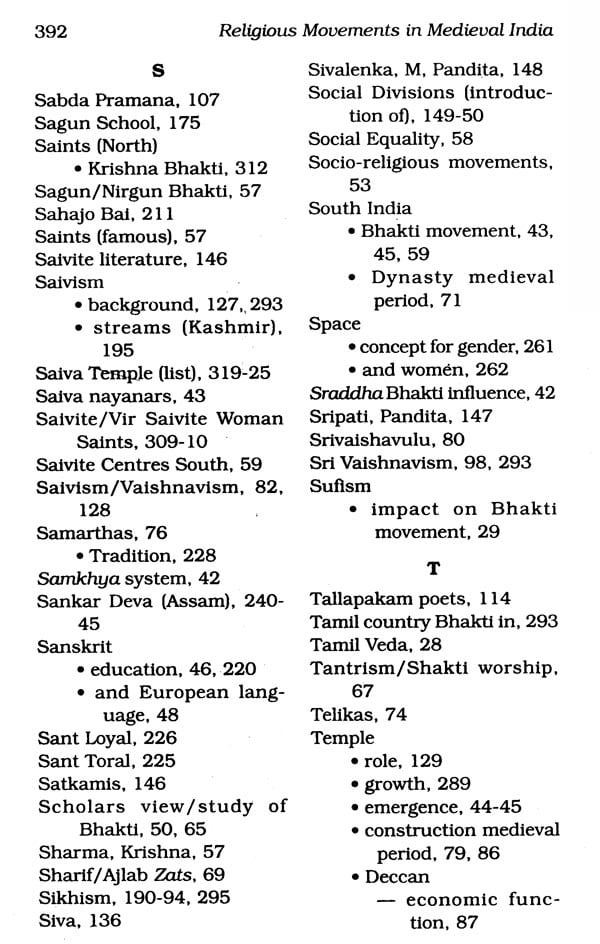About the Book The present book, Religious Movements in Medieval India, attempts to explore the Bhakli movement in Medieval India. Beginning from the 7th century AD to the 18th century, Medieval India saw a phenomenal outpouring of religiosity in the vernacular oral traditions on themes ranging from dilemmas of everyday life to the mysteries of the Universe. Scholars have focused on the analysis of the texts. philosophical constructs or the societal aspects enlightening us with many readings. While any one cannot be reduced to another, the study of Bhakti demands a holistic an integrated approach drawing analytical tools from many disciplines.
The 19th century saw a rediscovery of many sacred texts that contributed to the construction of Hinduism as a monolith. The process of reducing morality to texuality saw the wholesale standardization of very vibrant, dynamic and diverse religious practices. Historically the religious beliefs and practices of the Hindus were too divergent to constitute a coherent. monolith religious system. A historical gaze at Hinduism clearly points out that to view this, as a single religious system is not correct and a distortion of the heterogeneous religious practices of its people. Throughout history alternate spaces have been created and Bhakti was one such medium. The present book is an attempt to explore this movement in its different dimensions in various regions of India. It also highlights the attitude of the male Bhaktas to women and the creation of an alternative space by the women. Using a variety of sources inscriptions, and literary texts the author has traced the growth and development of the Bhakti movement and shown how the ideologies, social bases and organizational structures in different parts of the country have given a distinct shape to this movement. This is a valuable text for the undergraduate and postgraduate students. This book would be a useful supplement to scholars working on the social and religious history of medieval India. Scholar of religious studies, sociology and women's studies would find this book of general interest in order to understand the religious traditions of South Asia in all its diversity.
About the Author Dr. Rekha Pande i faculty in the departme History, University Hyderabad, India specialize in Medi Indian History publications incl "Succession Struggle in Delhi Sultanate (19 Beginning with poli history, she was branched into agra history, the history of religions, socio-econe history, cultural history and women's his She has written extensively on themes suc Vaishnavism, Saivism, their socio-econ context, institutions such as temples, grants, women temple dancing girls, minia paintings agrarian structure and wom history and published in a large numbe National and International Journals. Curre she is involved in two Projects, namely Wo in Bhakti and Science and Technolog Medieval India.
Dr. Pande also works in the area Women's Studies. She is the author of books (with Subhash Joshi), Gender Issue the Police (2000) S.V.P. National P Academy, Hyderabad, Child Labour in Beedi Industry (1998). She is also the edit International Feminist Journal of Politics, I Routledge Taylor and Francis Group, U Women's Studies Dr. Pande has publish large number of articles in National International Journals on Women and W Child Labour, Women's Movement, Viole and Women and Globalization. She has b the Project Director of Fifteen Projects and consultancies. She has delivered lecture Universities in Zambia, Zimbabwe, Nig Uganda, Australia, Japan, China, Mala Singapore, Taipei, UK and USA. She is the recipient of the International Vis Fellowship, University of Bristol, UK.
Preface Throughout the long course of Indian history there have been a large number of religious movements which have sprung from time to time with varying degrees of Impact. Historically the religious beliefs and practices of the Hindus were too divergent to constitute a coherent, monolith religious system that has been a part of the imagined image of Hinduism in modern times. This fundamental mismatch between the sacred literature and their modern readings set me off on this Endeavour on a path of tracing the history of the Bhakti movement on its own terms. A historical gaze at Hinduism clearly points out that to view this as a single religious system is not correct and a distortion of the heterogeneous religious practices which has become well entrenched in the academia and our mindset. This exercise has also spurred a school of revivalists who have adopted equally narrow readings by imputing categories into medieval India to present a purely spiritual past obscuring the diversities. Thus the exercise of finding the diversities of language, region, caste, gender and religion and their narratives in the Bhakti was a logical starting point.
Throughout history alternate spaces have been created and Bhakti was one such effective medium. It was only in the 19th century that a monolith definition of Hinduism was given basing on textual constructions. The British perception of Hinduism was from the point of view of Christianity.
Introduction Beginning from the 7th century A.D. to the 18th century. Medieval India saw a phenomenal outpouring of religiosity in the vernacular oral traditions on themes ranging from dilemmas of everyday life to the mysteries of the Universe. To the unlettered masses these were set in tune to produce soul stirring medley of melodies reflecting separation from the beloved, release from feudal and caste hierarchy and an imagined utopia that could be attained by devotion or Bhakti. The later centuries enshrined these words into texts which were a reflection of large scale social upheavals on the field, reflective of tensions in the society. These centuries saw a phenomenal increase in the production of religious literature and this ran parallel to the oral tradition. Scholars have focused on the analysis of the texts, philosophical constructs or the societal aspects enlightening us with many readings. While any one cannot be reduced to another, the study of Bhakti therefore demands a holistic and integrated approach drawing analytical tools from many disciplines.
The 19th century saw a rediscovery of many sacred texts that contributed to the construction of Hinduism as a monolith.
**Contents and Sample Pages**
